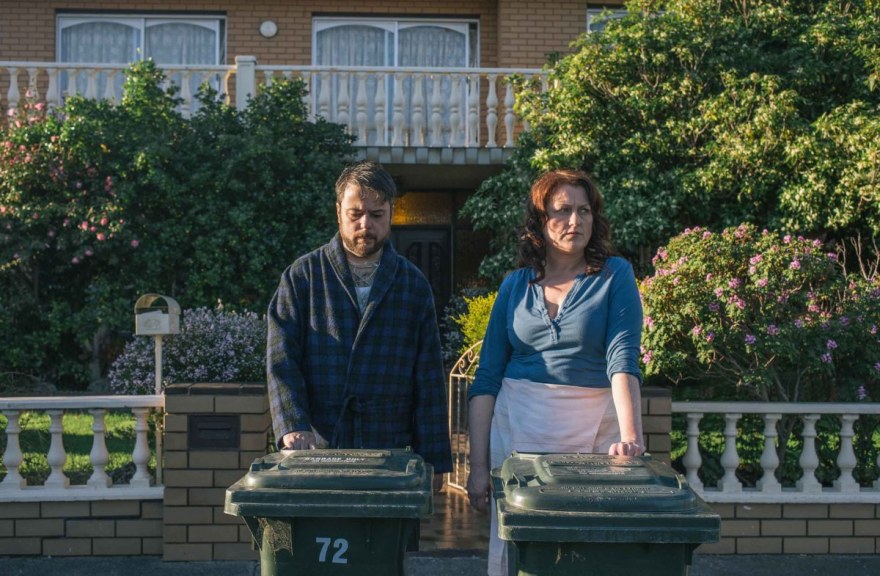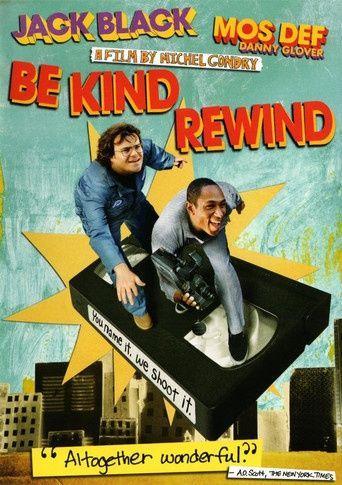Lunch with Homebodies
Interview with Yianni Warnock, director of Homebodies
Homebodies is your third short of a “despair trilogy.” How this short is connected to your previous films?
The films are all connected through their focus on people and exchanges that are all very disconnected. I probably should have called it the ‘disconnected trilogy’, but I find the word despair very extreme, and, in a sense, similar to the absurd. In that context and when applied to the films, it becomes pretty humorous. Homebodies is also connected to the other two shorts by their male lead Shane Gardiner. I can be a little bit obsessive with order, so after making two films with him I needed to conclude with a third to essentially be able to rest at night.
Both characters form a couple but they seem to live their lives independently. Do you think this lifestyle concerns a lot of couple nowadays?
I do indeed. Call me cynical, but for the most part I feel human beings are incredibly emotionally estranged from one another. Then again, maybe I just am and project that onto all of humanity. I hope that is the case. I do have a lot of love to give though, believe me!
The characters constantly miss their goals, but it is paradoxically the reason that brings them back together, near to a symbolic element: the breaker. Is there still a sign of hope in your trilogy of despair?
Yes, I think there is both hope and humour. Hope as a result of humour, even. Particularly in Homebodies, I feel there is a strong sense of hope among otherwise completely abject hopelessness in the end. The ‘despair trilogy’ itself is a very tongue in cheek name. I wrote them as light-hearted comedies, yet since people often say “your films depressed me,” the name became mostly reactionary to that feedback.
One central theme is escapism : one character with orgasm, the other one with death. But it’s two opposite way to escape. Why putting these antinomic elements at the same level?
Sex and death are big sellers so I thought, let’s capitalise and put them together, two birds one stone! They can be understood as extreme opposites, but they’re also universal constants, and very essentially ‘human’ things. We really sink into the primal when we’re at our most desperate. I do think escapism is interesting though, and as a human I’m personally pretty into it.
Your scenario plays with the dark comedy codes. How do you balance your story between the fun and the tragic?
I think the best humour is built from pathos. I like searching for the most tragic moment and then finding something that is unexpectedly humorous in it. I also think being able to laugh at these things is a cathartic process, and inherently hopeful. I could have just as easily called it the ‘hope’ trilogy.
.
.
We don’t know exactly the guy’s reason to commit suicide whereas it’s obvious that the woman feels alone. Is this choice to emphasize on the woman character?
No, I didn’t really want a main character in this, rather two characters with whom the audience could empathise or relate to equally. So if you felt that, I truly failed! I did think it would be more absurd if we were never given reason for his suicide – instead, a simple image of his attempt. If you distance yourself from the emotional baggage of that concept, suicide is quite an absurd human activity. Regardless, both characters are trying to transcend the banality of their existences, albeit in very different, ridiculous ways.
How did you choose the house? What were your film set’s intentions?
Frankly, the house was chosen because it was available and it had a good layout to orchestrate a film shoot in. It felt suburban enough, had good depth and texture. As garish as the house is, it’s quite a common suburban Melbourne Western Suburbs house.
Is Internet playing a role in their lack of communications?
Big time!
How did you build your characters? Did you get help from the actors?
The characters are essentially built from me during the scripting process. But during directing you are working with human beings, who tend to have their own story and instincts. To repress or not utilise their instincts would be silly – they are the ones who give life to your concept. You’re just there to keep them on track and make sure their performance tone is right for the idea.
Did you film in argentic?
We shot on 35mm film.
If yes, was the choice of argentic more expansive than digital workflow? What are the advantages?
It is more expensive on a production of this size. Although, we were crafty with our budgeting and got cameras for free, etc. For me, the advantage is intangible, and it’s a topic that becomes tedious to discuss as a result. Of course you could rationally argue that there are no advantages, but I believe there is nothing rational about making a film to begin with. I like having film as a creative option that you can choose if necessary for the project. I also enjoy working with it and adding that extra tension to your film set, keeps me on my toes!
How was your context of production?
How was the shoot are you asking? No comment.
.
Homebodies was being shown in International Competition I14.









